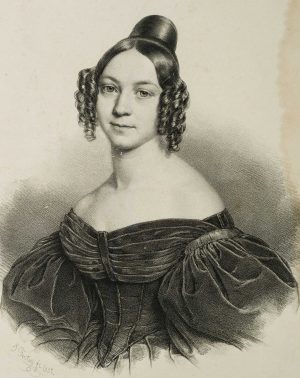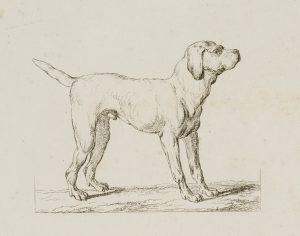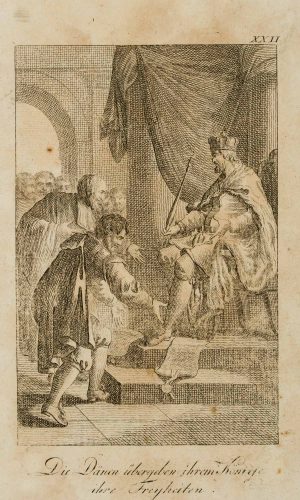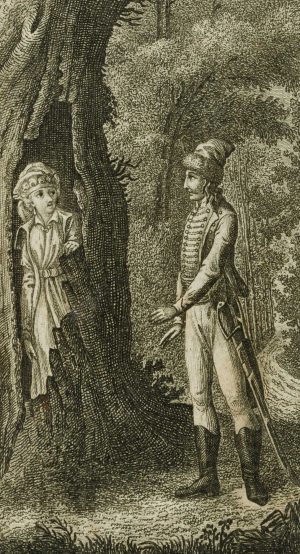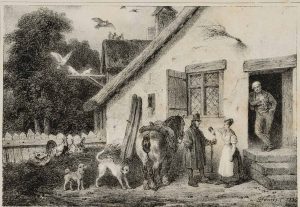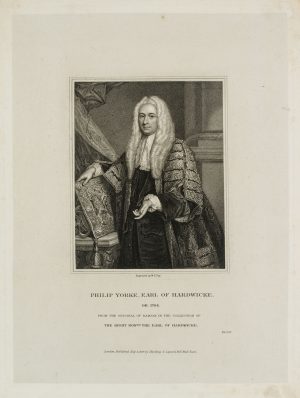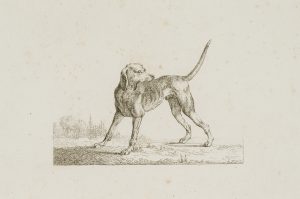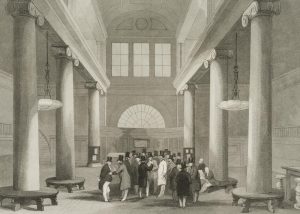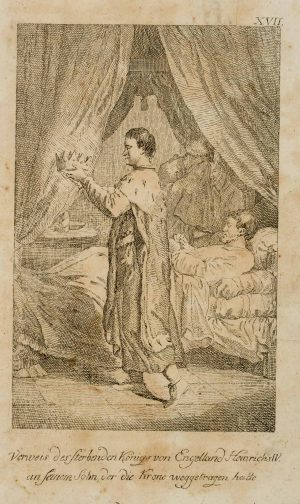Karl Joseph Brodtmann (1787 Überlingen – 1862 Basel), Kopf und Schädel von Nashörnern, 19. Jahrhundert, Lithographie
- Technik: Lithographie auf Papier
- Bezeichnung: Unten betitelt: “Kopf des Nashorn von Sumatra”; “Schedel. des afrikanischen Nashorn. asiatischen Nashorn.”; “Schlankes Anoplotherium.”; “Gemeines Anoplotherium.”
- Datierung: 19. Jahrhundert
- Quelle: Karl Joseph Brodtmann (1787 Überlingen-1862 Basel) Naturgeschichte und Abbildungen der Säugethiere, Brodtmann’s lithographische Kunstanstalt, Zürich 1824-1829 | Buch, Wissenschaft, Tiere
- Schlagworte: Tiere, Deutschland, Nashorn, Romantik, 1800-1849
- Größe: 35,7 cm x 25,5 cm, Darstellung: 23,5 cm x 17,0 cm
- Zustand: Sehr guter Zustand. Vereinzelt sind minimale Stockflecken zu erkennen. Die Blattkanten sind unbeschnitten. Entlang der Kanten sind schwache Verschmutzungen und Knicke sichtbar. Am linken Blattrand befinden sich die Löcher der ehemaligen Buchbindung. Entlang der Kanten sind vereinzelte Stoßspuren festzustellen.
English Version:
Karl Joseph Brodtmann (1787 Überlingen – 1862 Basel), Rhinoceros head and skull, 19th century, Lithography
- Technique: Lithography on Paper
- Inscription: Titled below: “Head of the rhinoceros of Sumatra”; “Schedel. of the African rhinoceros. Asian rhinoceros.”; “Slender Anoplotherium.”; “Common Anoplotherium.”
- Date: 19th century
- Source: Karl Joseph Brodtmann (1787 -1862 ) Naturgeschichte und Abbildungen der Säugethiere, Brodtmann’s lithographische Kunstanstalt, Zürich 1824-1829 | Book, Science, Animals
- Keywords: 19th century, Romanticism, Zoology, Germany, rhino, Nashorn
- Size: 35,7 cm x 25,5 cm (14,1 x 10 in), Depiction: 23,5 cm x 17,0 cm (9,3 x 6,7 in)
- Condition: Very good condition. Isolated minimal foxing can be seen. The edges of the sheets are untrimmed. Faint soiling and creases are visible along the edges. The holes of the former book binding are visible at the left margin. Isolated bump marks are visible along the edges.








